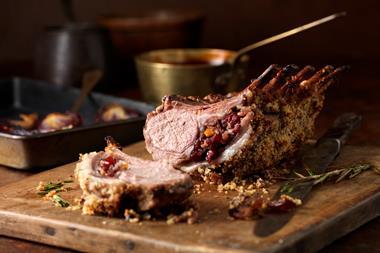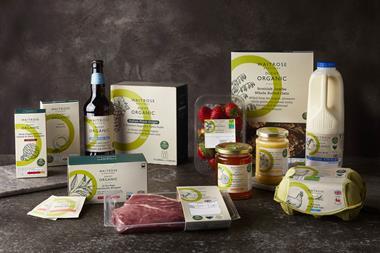
At first glance, the news has been making depressing reading. Food inflation rose to its highest rate for a year in November, with fresh food inflation rising even more than the overall figure. And this at a time when household energy prices are soaring, and the tax burden is rising to its highest sustained level since the Second World War. This will see a basic-rate taxpayer on a salary of £24,100 paying an extra £180 in tax a year. Reports between Christmas and new year suggested families could be at least £1,200 worse off in 2022.
The multiples, of course, are experienced at understanding the implications of falling disposable income. That’s part of the reason behind initiatives like everyday low prices and price matching to discounters. But the multiple pressures now emerging on disposable incomes places us in uncharted territory, which could see shoppers behaving even more differently.
The more rising prices and household uncertainty lingers, the more of an impact there could be on buying habits. The squeeze will force consumers into making new choices and decisions. But this doesn’t necessarily mean bad news for the grocery sector.
While some shoppers will undoubtedly trade down from premium products to cheaper alternatives, in economic circumstances like this, there has been a historic tendency for shoppers to spend less on big ticket items and maintain or even increase their spend in grocery. Some households will treat themselves and trade up to premium products rather than trade down. And if people continue to spend, while the volume of goods sold may go down, category value could go up. The rub is that we don’t really know what is going to happen as past performance is not necessarily a predictor of our future reality. But there is still hope for the grocery sector.
Suppliers should not rest on what has happened historically and hope for the best: they need to be alive to this changing dynamic. There remains a need to use insight-based strategies to grow their categories and to come up with plans specific to each retailer with which they work. Some suppliers were commissioning research some time ago to understand how shopper behaviour is likely to change post-Christmas and as prices continue to rise. Sharing those insights with retailers can only work in the supplier’s favour. Only by understanding likely changes to shopping habits and behaviour can plans be put in place to try and address any problems that may arise.
Pre-pandemic, the multiples were battling to build and even retain a loyal shopper base. The pandemic brought with it a reset in terms of loyalty, with consumers making choices where they shop based on where the best offers were and, importantly, who had stock of what they needed. Consequently, it has created more of an even playing field in the sector and, as shopping behaviour changes back towards one big weekly shop, the race to lock in the new loyalty is officially on. The winners will be the retailers and the suppliers who keep their eyes firmly on the prize through understanding how their customers are going to react to market changes, the category impact and by responding accordingly.



















No comments yet